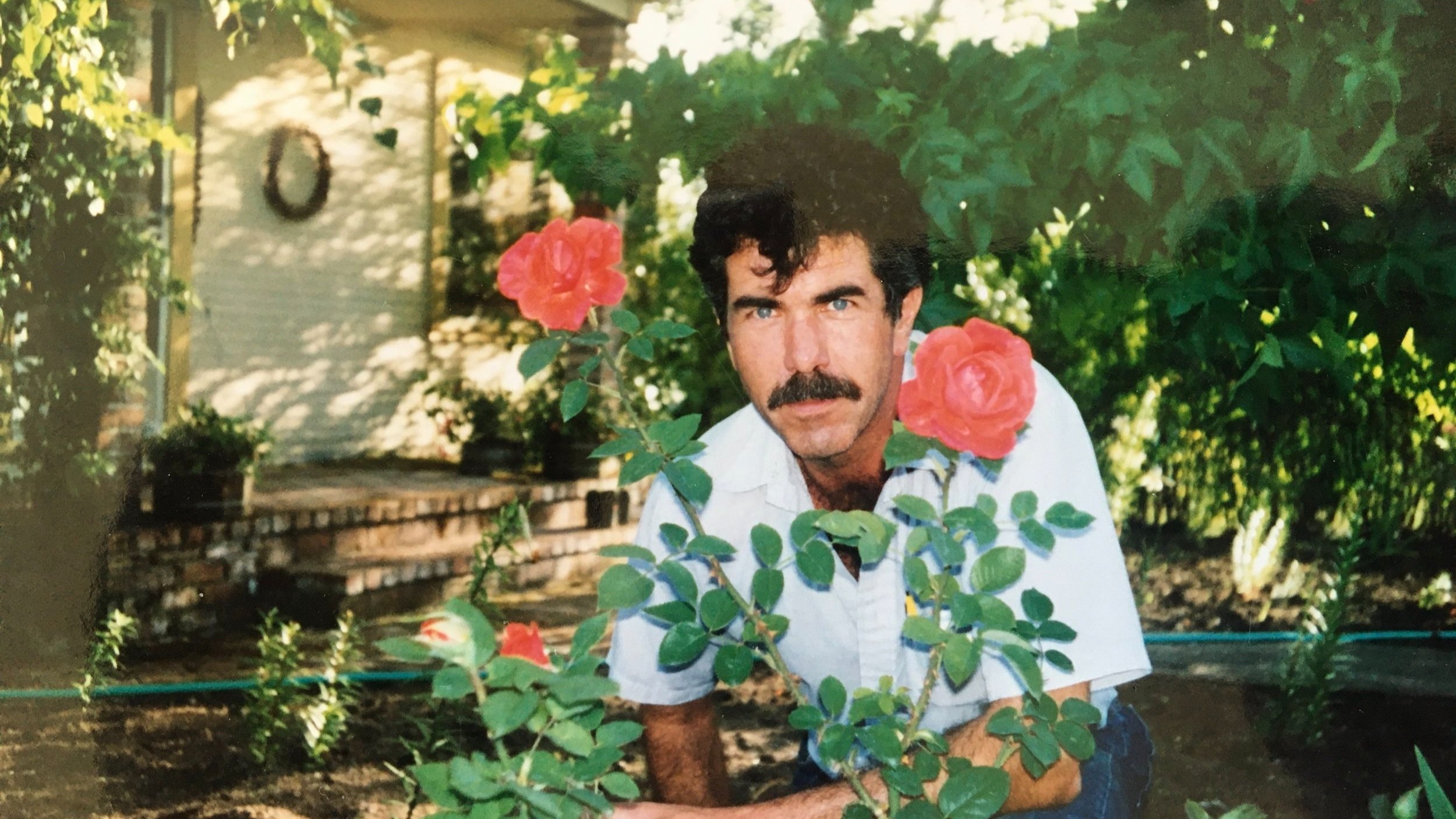
Collins Vineyard
By looks alone, not much stands out about this ten-acre parcel. Located a half mile off Route 101, which ziplines through Marin and Sonoma counties, it sits near the end of Limerick Lane - a quiet, dead-end road in the northeast corner of Sonoma County’s Russian River Valley. It’s picturesque enough, with its rolling terrain, peach trees along the creek, and geraniums spilling out from sawed-in-half wine barrels along the road. But if you’ve seen one vineyard, you’ve seen them all. Or so it can feel here in wine country.
But there’s more to a vineyard than vines. Here we have gophers and jack rabbits, coyotes and squirrels. Throughout the ranch we grow olives, apricots, quince, and peaches. Up above you’ll see hawks and falcons, turkey vultures and owls. And the lizards, they’re everywhere, as are the bees and dragonflies, hummingbirds and quail. The creek beds, which run dry in the summer, yield buckets of blackberries and prickly pear cactus fruit. Of all these plants and animals, none are here by invitation. This is the home they chose, a testament to the vitality of this patch of dirt we call the Collins Vineyard.
The Babini family first planted the vineyard in 1938 with eight acres of Zinfandel, all head-pruned, and on a southwest exposure. They knew the site was special, but sold the grapes to local cooperatives, opting instead to pay the mortgage by raising chickens, a far more profitable industry at the time.
By 1977, the Babinis were ready to retire, and the California wine industry was beginning to boom. Enter Michael Collins (photo above), a young man with a knack for growing things, and his brother Tom, a firefighter with a knack for building things, who together bought the property, which would eventually become part of Limerick Lane Cellars.
During their forty years at the helm, the vines were loved, nurtured, and respected. Adding to the eight acres of Zinfandel, 1½ acres of Syrah were planted in 1980 where the chicken coops once stood. The Zinfandel is now over eighty years old, while the Syrah has more than forty years under its belt. Year in and year out, they quietly produce fruit that is balanced, complex, and in no need of any additions or manipulations.
I’m honored to now farm this vineyard, having taken over from my good friend Michael, who passed away in 2019. And by farm, I mean drive the tractor and coordinate stuff. The real sensei of the vines is Anastasio Castro.
